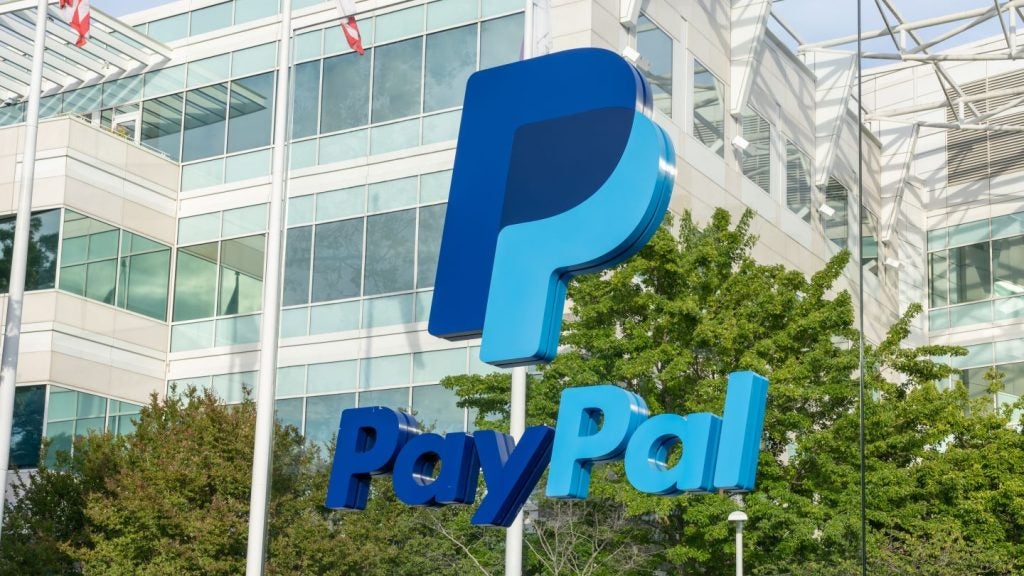International merchants are keen to take advantage of cross-border commerce in high growth developing markets. The opportunity for both merchants and payment services providers to serve some of the largest economies in the world is clear. Larry Illg, CEO of New Ventures and Naspers Payments, writes
Many payment challenges remain when trying to execute a sustainable and profitable business that caters for the distinct needs of high growth economies. High growth economies are coming online. This is creating significant change in ecommerce patterns globally. According to predictions, the countries that will have the largest populations by 2050 are almost exclusively emerging economies. India alone has 1.2 billion people and already represents nearly a sixth of the global population.
An increasing middle class with higher disposable income is buoying growth in these vibrant economies. One of the products of this growth is the rapid adoption of technology that is enabling countries to leapfrog to mobile-first, connected economies.
Smartphone ownership currently remains below 50% of mobile users in most high growth countries, but the figures are rising. Statistics from the Global System for Mobile Communications Alliance show 62% of all mobile connections in China are via smartphone, against Europe’s 55% average.
It’s an indication of the explosion in mobile technology growth just around the corner.
Ecommerce in high growth economies
Historically, ecommerce in high growth markets has been less about providing choice and more about giving access. Today, while access remains a key consideration for organisations seeking to grow their business in these markets, as technology advances, the dichotomy is reducing.
In the next three years another one billion consumers will be online, and they’ll be mobile and from growth markets. China is predicted to exceed $1trn in retail ecommerce sales by 2018, accounting for more than 40% of total worldwide sales.
If forecasts become reality, the ecommerce market in the top nine high growth economies could reach an annual turnover of up to $3.5trn in the long term.
With smartphone technology in the hands of consumers, populations are poised to embrace ecommerce on mobile. In payments terms, even modest smart phone penetration in high growth economies heralds a huge opportunity for merchants and the supporting payments industry.
International merchants with ambitions in these economies need to seize the mobile opportunity. But they must navigate the complexities borne from banking infrastructures often failing to keep pace with the advance of internet and mobile infrastructure. They need the support of the payments industry to succeed.
With their diversity and speed of innovation, high growth markets can be challenging environments for e-businesses. Payment services providers are increasingly expected to deliver solutions that both centralise and streamline international merchants’ payment processes while meeting local country requirements.
There are three key payment challenges that international merchants must overcome:
- Supporting alternative payment mechanisms;
- Navigating local payment partnerships, and
- Fraud detection and prevention
Supporting alternative payment mechanisms
Today, penetration of electronic payment services is relatively low in high growth economies.
With such low use of core digital payment channels by consumers, cash and bank transfers play a critical role in today’s ecommerce activity. They might seem difficult and burdensome to integrate with an ecommerce solution, but merchants failing to offer a range of alternative payment options that cater to the distinct needs of the local market will choke their growth.
Payment technology providers that have experience operating in these markets understand the importance of a wide range of payment mechanisms. Aside from supporting traditional, cash payments online, today’s payment gateway providers are innovating. E-wallets and loyalty points are two ways they are addressing the financial inclusion challenge.
Merchants seeking to grow internationally must establish global banking and payments relationships. But it is shortsighted for payment providers to only consider international acquiring for cross border businesses.
Local acquirers enable organisations to take into account the different payment needs of different countries, recognising that knowledge of the local market environment and regulatory landscape is critical.
Experience from Pay U in Brazil, for example, has shown a conversion uplift from 20% to 75% when using a local acquirer.
It can be a challenge for merchants to manage multiple acquiring relationships across different jurisdictions and, as a result, innovative payment gateway providers are increasingly agile in high growth economies and adept at taking on this burden.
Fraud detection and prevention
Fraud is an ever-evolving challenge for the entire payment ecosystem, from consumers to merchants to banks. As high growth economies increasingly adopt electronic payments, merchants’ exposure to fraud, often local, increases correspondingly.
The obvious comparison is the fraud experienced in countries with EMV versus those without. The level of rigour applied to KYC and onboarding processes and the sophistication of identity verification software are other potential weaknesses that fraudsters seek to exploit.
A payments provider that can deliver the highest levels of fraud detection and prevention is a critical partner for merchants entering new markets. The most powerful approach is to deploy global, market-leading technology and tools that fight fraud, with local execution.
Detection and prevention systems should be tailored to the local market environment and responsive to regional trends. Combining world-leading technology with local insight creates the strongest fight against fraud.
The potential of high growth markets presents huge international business opportunities for ambitious merchants, but the execution has to be tailored at a local level for each market and its consumers.
Simply re-purposing a vanilla payment service with language and cultural nuances can be a limiting approach. Merchants seeking success across multiple high growth markets therefore need a payments partner that provides deep local knowledge and tailored execution.
Leading payments players in high growth markets are those that help to decipher international markets and enable global merchants to operate like locals.







